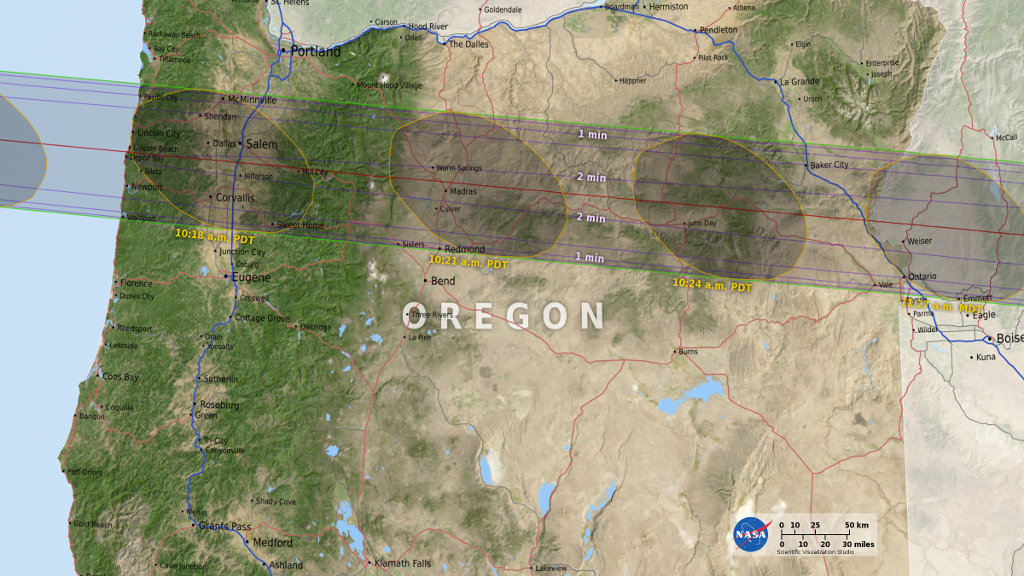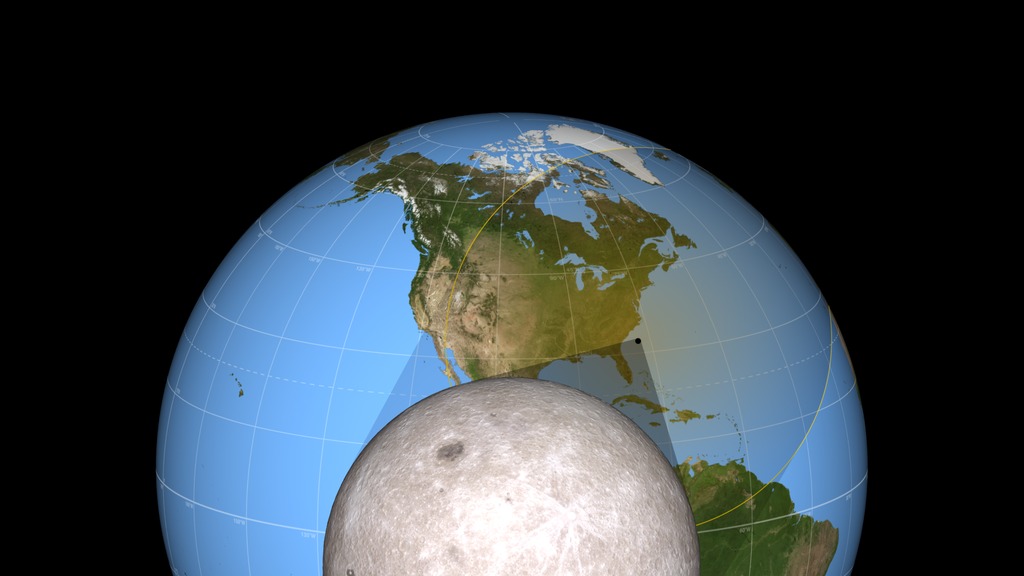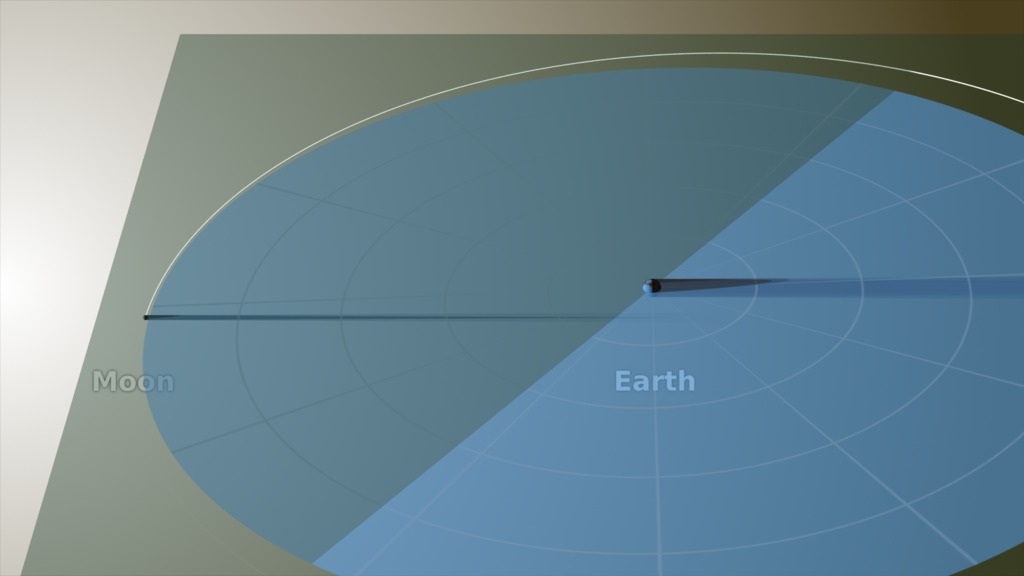The Moon's Role in a Solar Eclipse
This video explains how our moon creates a solar eclipse, why it's such a rare event to see, and how data from NASA's Lunar Reconnaissance Orbiter has enhanced our ability to map an eclipse's path of totality.
Music Provided by Universal Production Music: “Bring Me Up” – Anders Gunnar Kampe & Henrik Lars Wikstrom.
Watch this video on the NASA.gov Video YouTube channel.
While the sun is the main focus of a solar eclipse, our moon plays the most crucial role in creating this unique event. This video tutorial explains what happens during a total solar eclipse and a partial eclipse and how often they both occur. The video also explains how a solar eclipse differs from a lunar eclipse, and gives a helpful tip on how to remember the difference. In addition, the video examines how the two parts of the moon’s shadow, the umbra and penumbra, affect how we see an eclipse on the Earth, and illustrates the surprising true shape of the umbra. The video concludes by highlighting how data from NASA’s Lunar Reconnaissance Orbiter has helped us better map a solar eclipse’s path of totality. Visualizations included in this piece showcase the August 21, 2017 total solar eclipse happening in the United States.
Credits
Please give credit for this item to:
NASA's Goddard Space Flight Center
-
Producer
- David Ladd (USRA)
-
Video editor
- David Ladd (USRA)
-
Visualizer
- Ernie Wright (USRA)
-
Scientist
- Noah Petro (NASA/GSFC)
Release date
This page was originally published on Friday, July 21, 2017.
This page was last updated on Wednesday, May 3, 2023 at 1:47 PM EDT.







